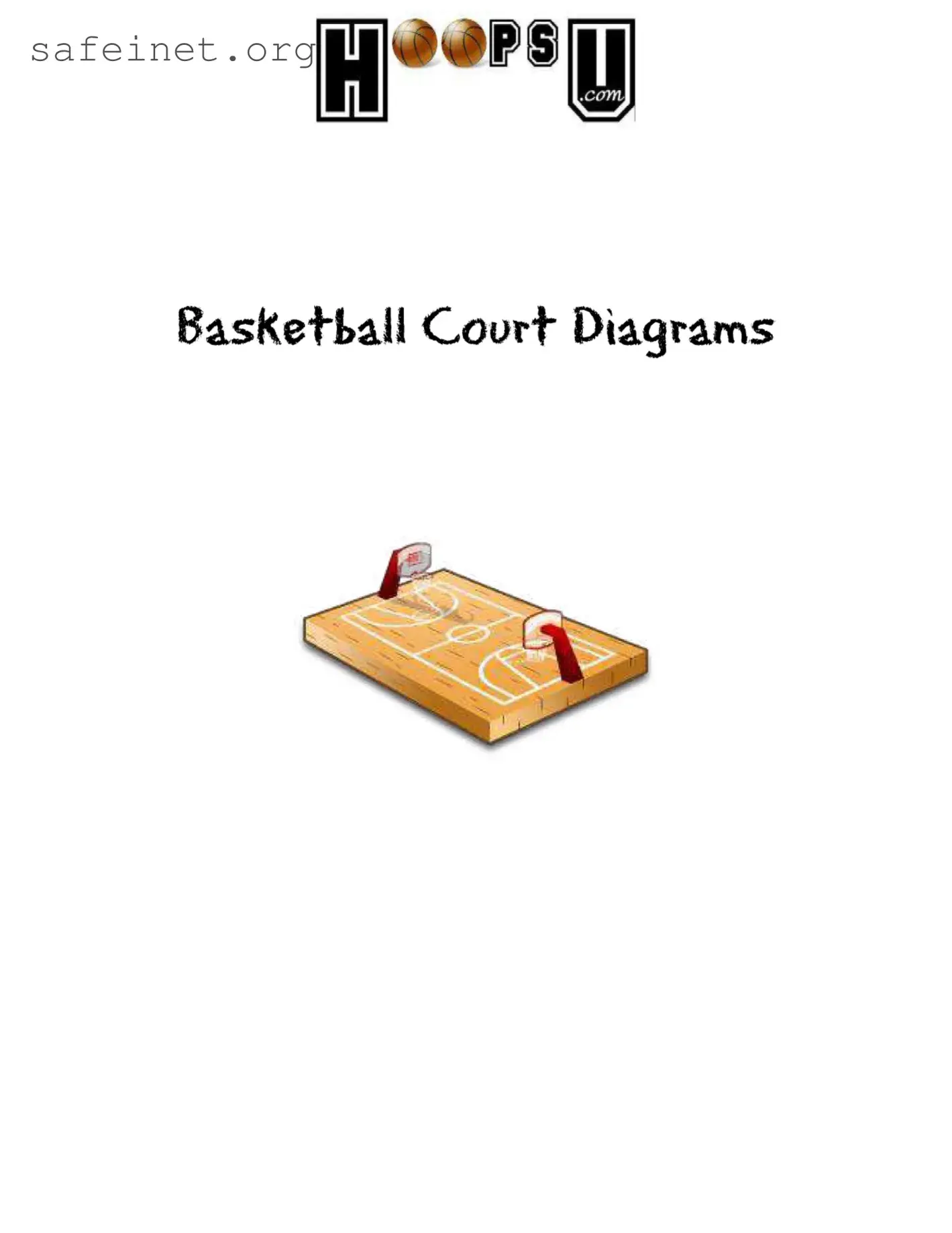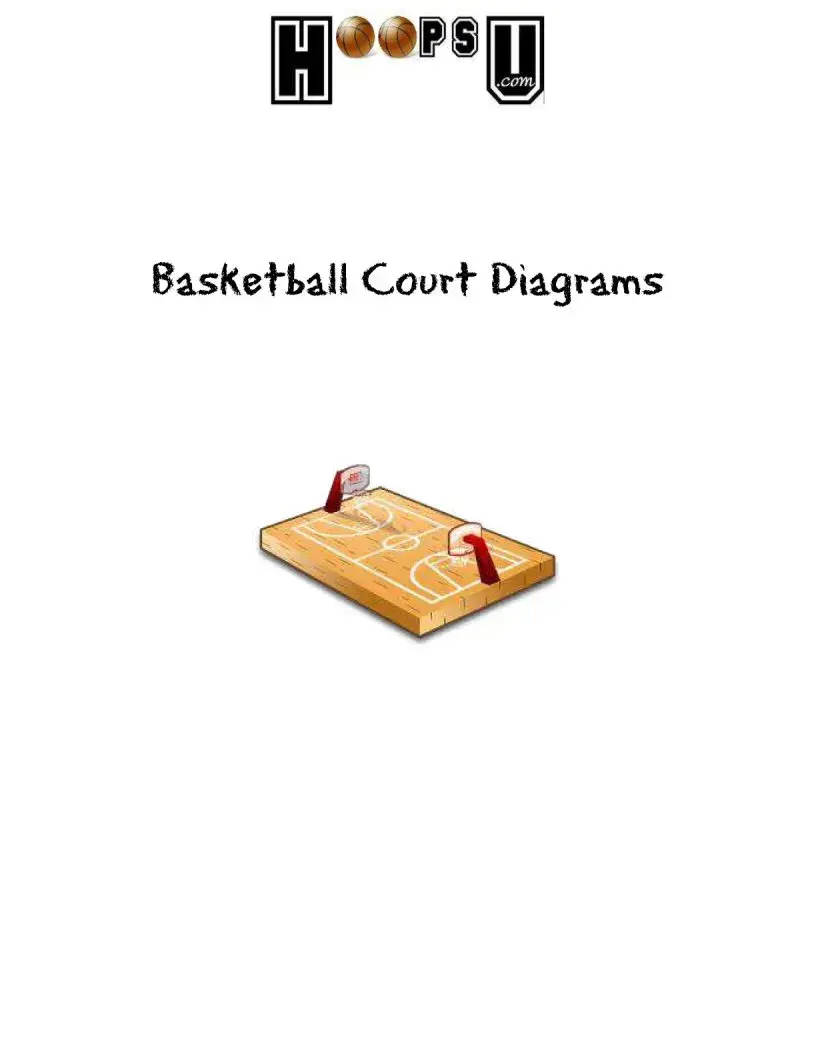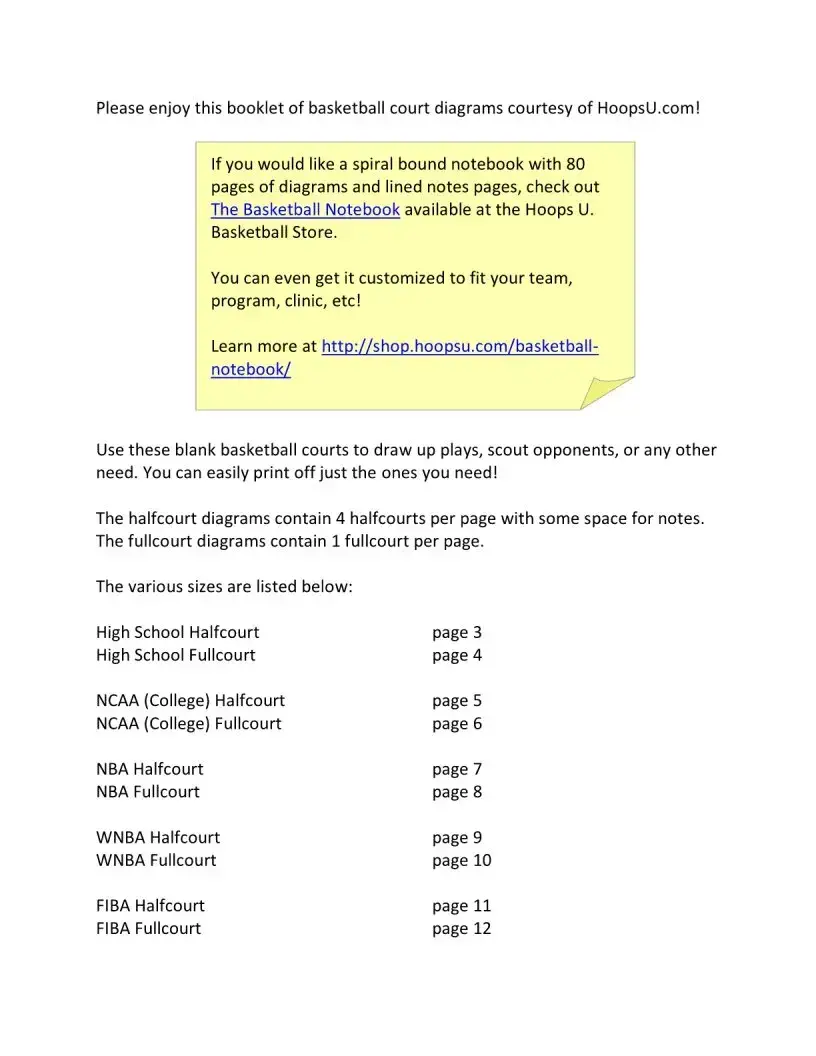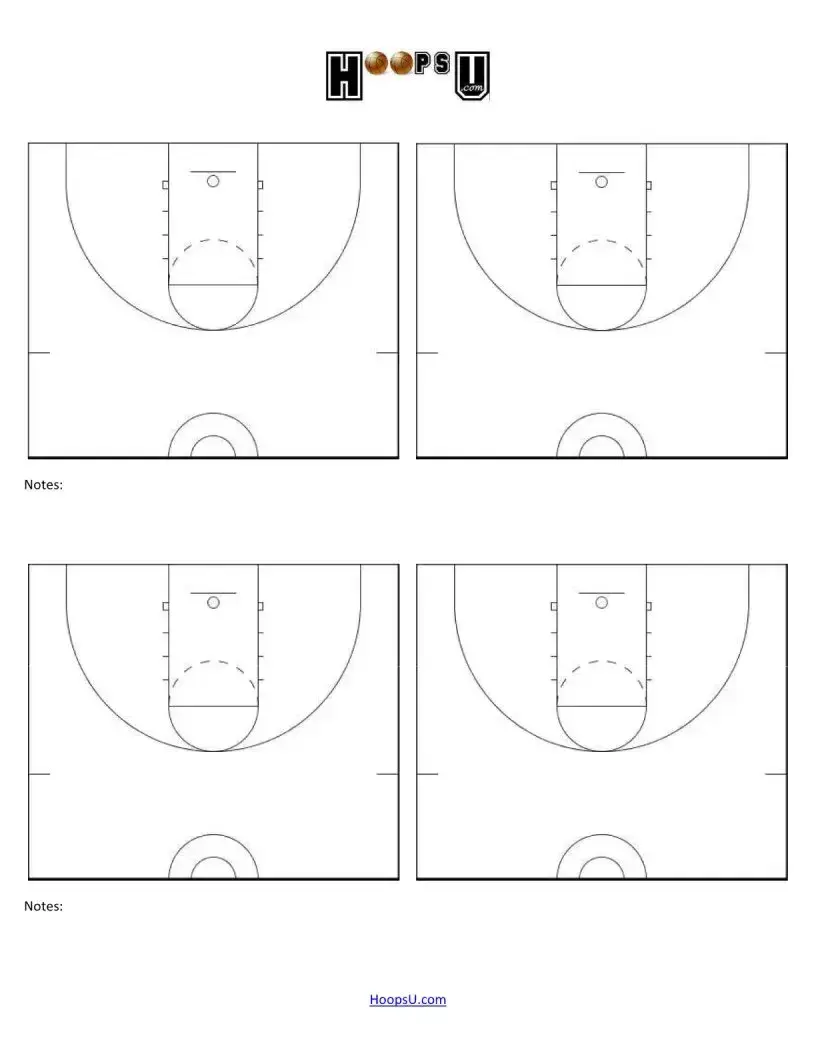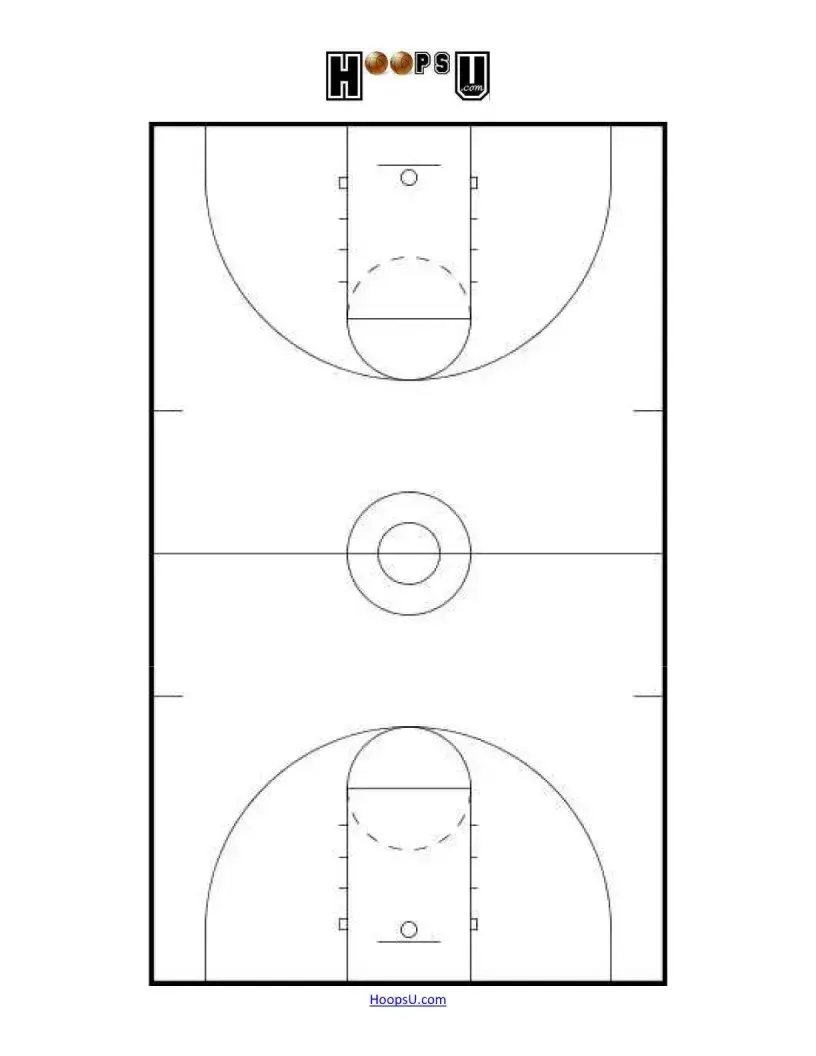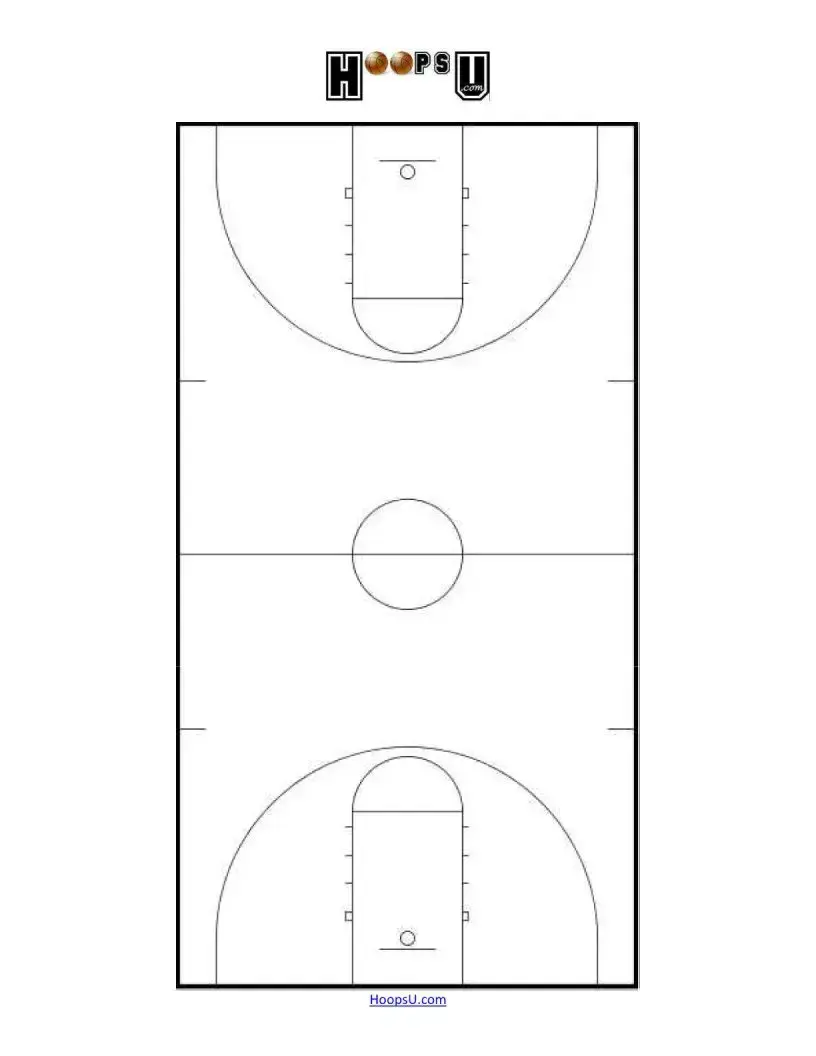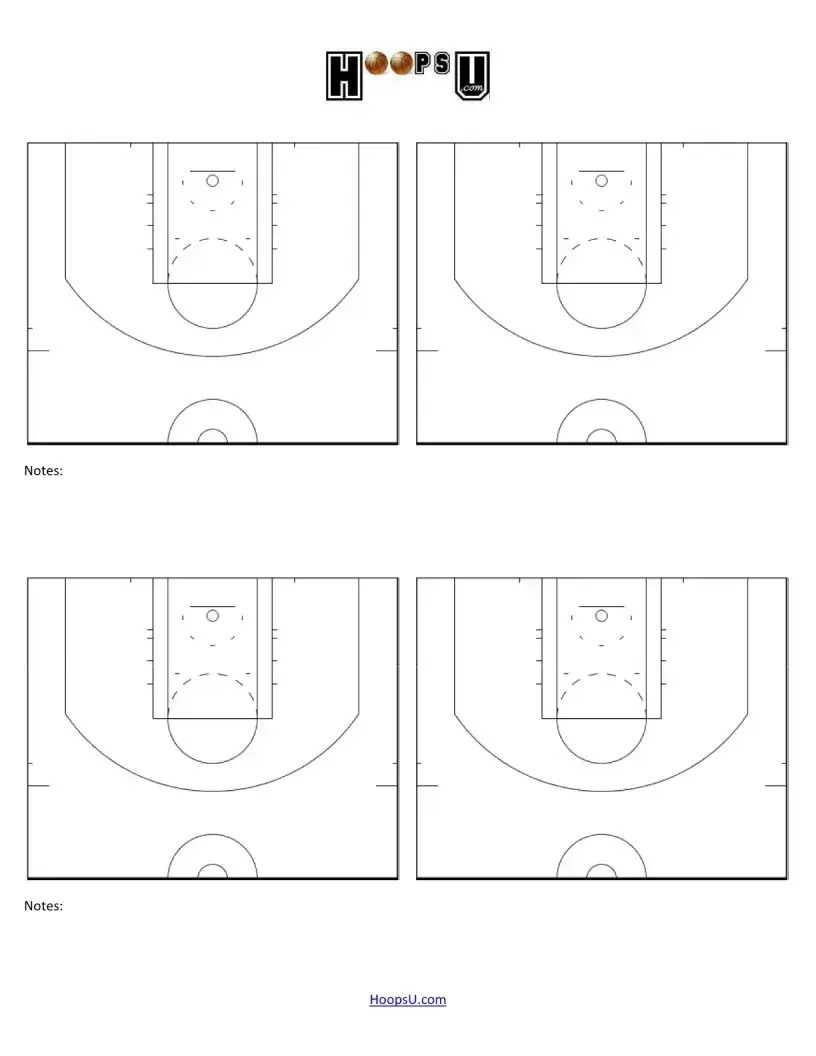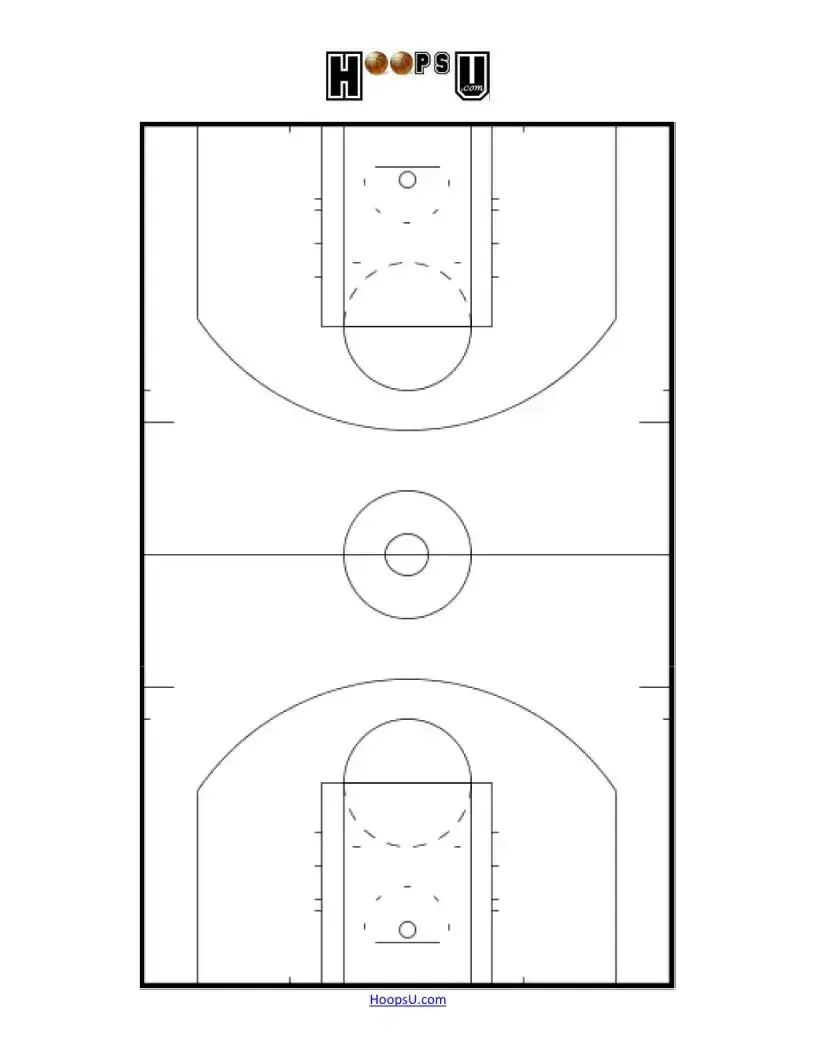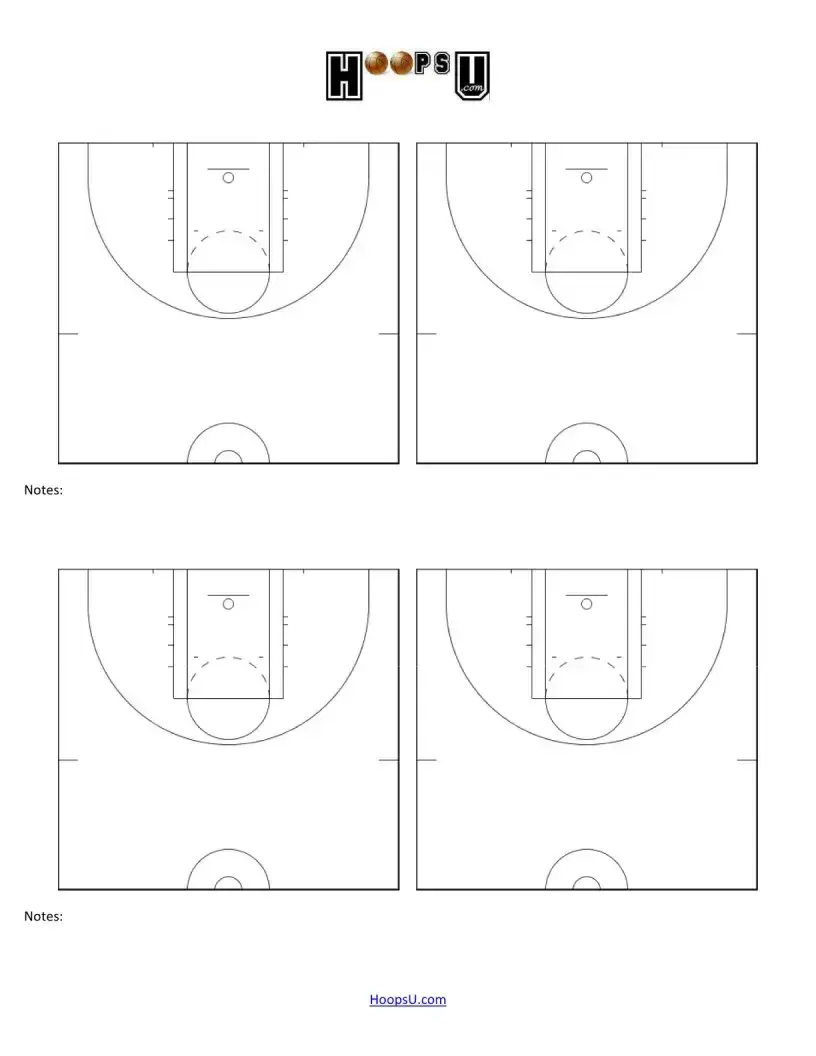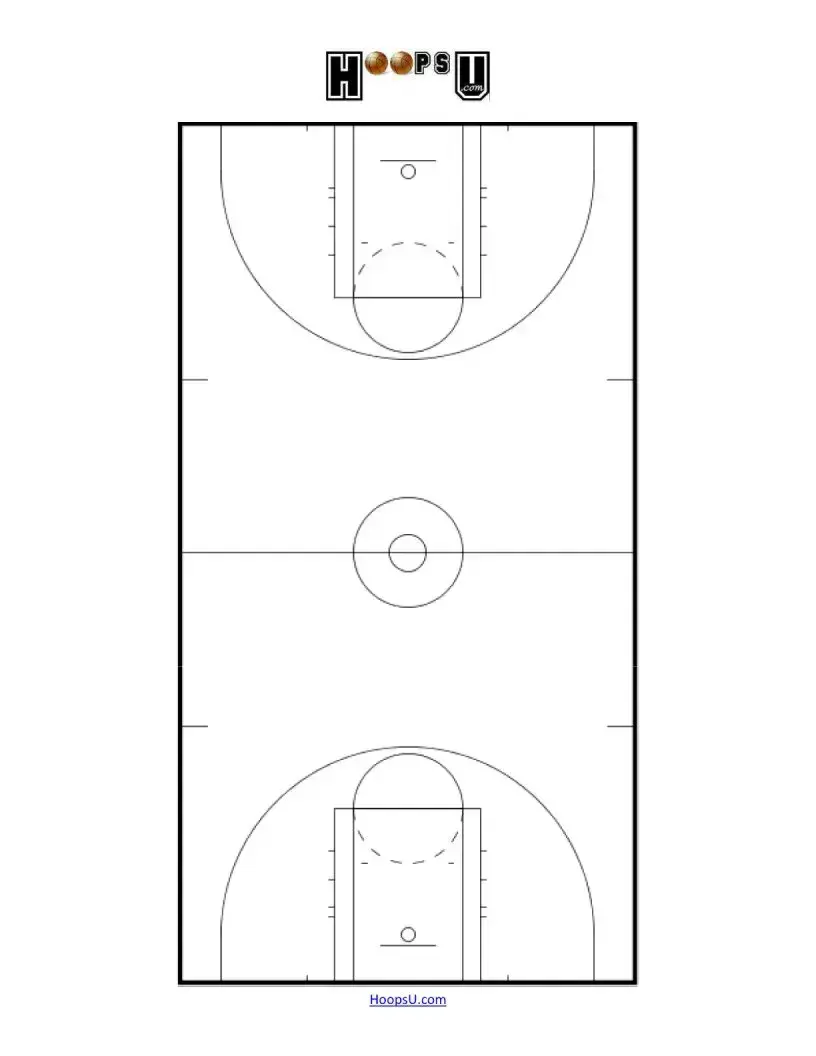What is the Diagrams Court form?
The Diagrams Court form is a collection of basketball court diagrams provided by Hoopsll.com. It serves as a tool for coaches, players, and enthusiasts to draw up plays, scout opponents, or facilitate any other basketball-related needs. This resource is versatile, allowing users to print off specific diagrams as required.
What types of diagrams are included?
This booklet includes various basketball court diagrams, such as halfcourt and fullcourt layouts for different levels of play. Users can access diagrams for High School, NCAA (College), NBA, WNBA, and FIBA to suit their specific needs.
How many diagrams are available in the booklet?
The booklet features a comprehensive collection of diagrams. The halfcourt diagrams are organized with four per page, providing ample space for notes, while the fullcourt diagrams are presented as one per page for better detail and clarity.
Can I customize the diagrams for my team?
Yes, customization options are available. For those interested, The Basketball Notebook, available at the Hoops U. Basketball Store, can be personalized to meet the specific requirements of teams, programs, or clinics.
How do I obtain the Diagrams Court form?
The Diagrams Court form can be accessed through Hoopsll.com. If you wish to have a physical copy or a spiral bound notebook with additional lined note pages, you can explore purchasing options on Hoops U. Basketball Store.
Are the diagrams suitable for all levels of basketball players?
Absolutely! The variety of diagrams is designed to accommodate all levels of basketball, from high school players to professional leagues. This makes it a valuable resource for anyone looking to enhance their understanding of the game.
Is there any cost associated with accessing the Diagrams Court form?
Accessing the Diagrams Court form online is typically free, but there may be costs associated with purchasing a physical notebook or customized items through the Hoops U. Basketball Store. It’s advisable to check the site for exact pricing.
How can I use the diagrams effectively?
Users can utilize the diagrams in various ways, such as planning game strategies, visualizing plays, or analyzing opponents' tactics. By engaging with these diagrams, players and coaches can develop a deeper understanding of the game and sharpen their tactical skills.
